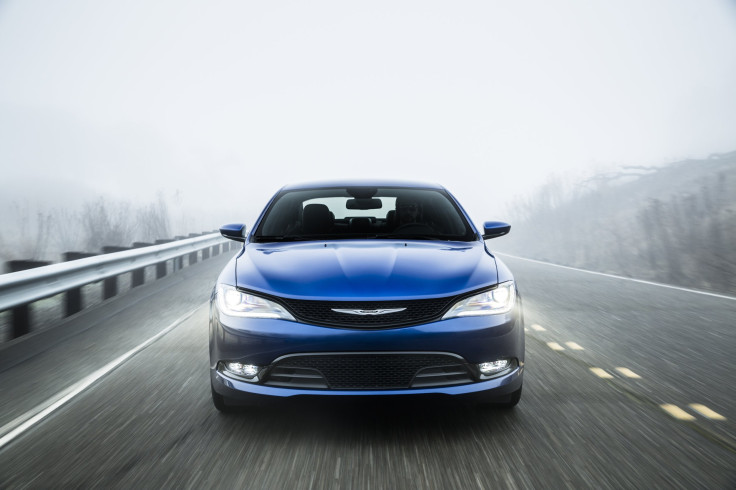Safest Cars For 2016: Crash Avoidance Technology Takes A Front Seat In New Testing Standard

A widely read list of top automotive safety picks for 2016 was released Thursday, and out of 48 model cars and SUVs tested, six Subarus made the list, while only one American model qualified -- the Chrysler 200 sedan. The Insurance Institute for Highway Safety (IIHS), an auto insurance industry-backed nonprofit that releases the picks every year, has a message for the auto industry: From now on, if a car doesn’t have automatic forward collision-avoidance systems, it won’t earn the group’s top crash-safety rating.
The IIHS, the largest independent crash-testing group in North America, says the safety feature has reached a point where even the newest modestly priced cars and SUVs are offering the radar-backed auto-braking system as options, if not standard features. The IIHS began examining the new crash-avoidance technology two years ago.
For the 2016 model year, the IIHS also changed its formula for determining its “Top Safety Pick+” award. Now cars put through so-called small overlap front-crash tests must do better than in years past to win the accolade. The small overlap test sends cars careening into barriers in a way where only the front driver’s side corner makes contact. The aim is to re-create real-world crash situations where vehicles rarely hit objects head-on, but rather “catch a corner,” as IIHS spokesman Adrian Lund, describes it. “Crashes are not really nice, symmetrical affairs,” said Lund, explaining why his organization has long placed high value on the partial front collision. “You often get crushing of the relatively soft front parts of the car. If you miss energy-absorbing structures of the body, then all of the energy of the crash can go into the cabin.”
While the IIHS has long rated cars on their partial front-end collision performance, the National Highway Traffic Safety Administration (NHTSA) has not. But on Tuesday the NHTSA said it would implement a five-star rating system that includes a so-called frontal oblique crash test that measures angled front crashes, among other changes. While it’s not the same as the IIHS test, it does rate cars on how well they do in crashes where the car is pointing at an angle to the barrier, which has a similar effect to the partial front collision.
For costs reasons, the NHTSA has yet to require all automakers selling cars in the U.S. to offer the front-end collision avoidance systems, which warn drivers of impending rear-end crashes and then intervene to automatically brake if the driver doesn’t respond. But in September, 10 major automakers and the NHTSA agreed to a timeline for making the front-end crash-avoidance technology standard in all new cars the same way seat belts and air bags have become commonplace.
Above is the list of 2016 models that passed muster under the IIHS new standards. To pass the auto-braking portion, these cars had to stop or slow down considerably without driver intervention in tests at 12 mph and 25 mph. Two years ago, the IIHS gave the Subaru Legacy and Subaru Outback high marks for its EyeSight Driver Assist System, citing a superior front-crash avoidance system. Now four more Subaru models have made the list.
© Copyright IBTimes 2025. All rights reserved.





















